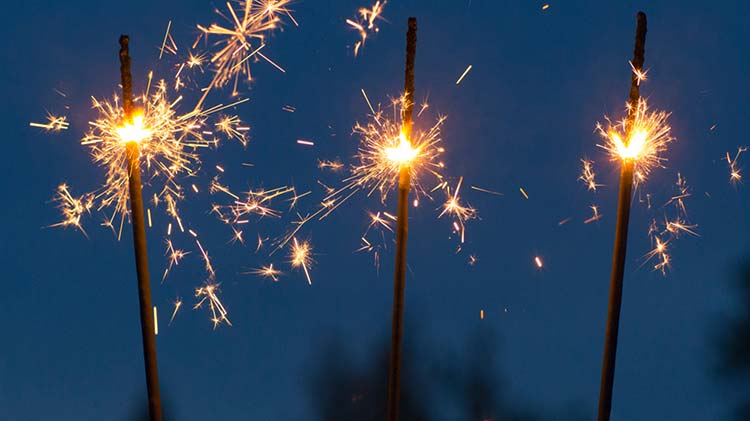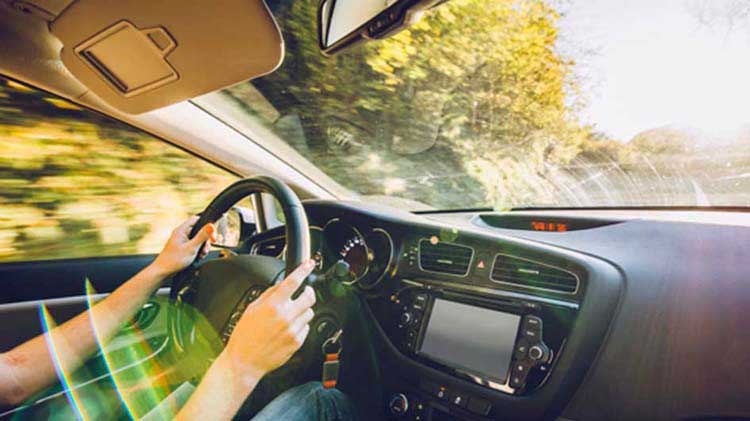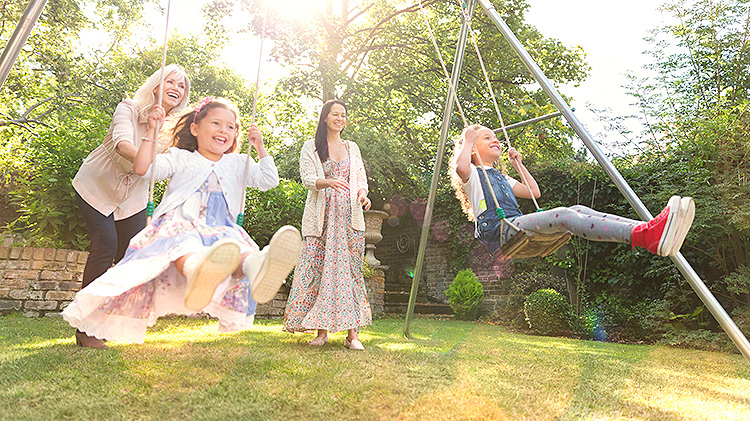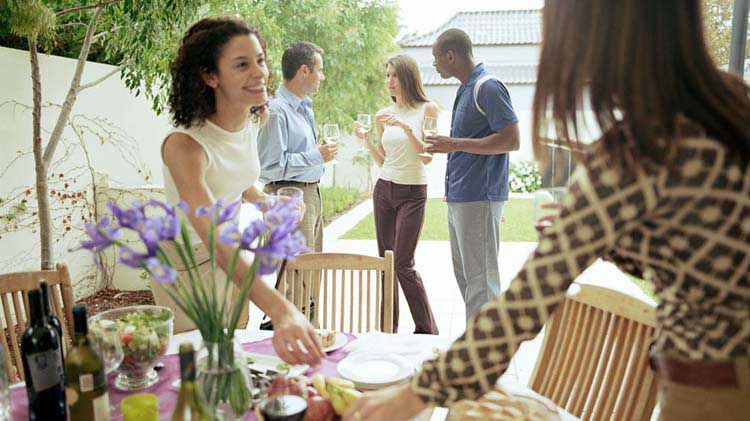Fireworks safety for Fourth of July
Celebrate Independence Day free from injury with these fireworks safety tips.
The Fourth of July is an exciting and festive time of the year. Many families gather to celebrate Independence Day, enjoying the fireworks that light up the sky. However, with all the day’s excitement, fireworks present serious fire and injury risks if not handled responsibly. According to the National Fire Protection Association (NFPA) fireworks started over 31,000 fires in 2022.
While the easiest way to avoid injury is to leave the fireworks to the professionals, we know that for some people, The Fourth of July wouldn’t be the same without hosting their own party and display. Follow these fireworks safety tips to help you and your family enjoy the holiday injury-free.
Fourth of July fireworks safety tips
- Children should be supervised at all times around fireworks, sparklers or firecrackers. If your children play with them anyway, ensure they use them outside and away from their face, clothing and hair — under very close supervision.
- Only purchase safe fireworks that are approved for consumer use, and store them in a cool, dry place. Legal fireworks come with proper safety instructions that should be followed.
- Never use M-80s, cherry bombs or quarter sticks. They are all illegal and extremely dangerous. If fireworks are packaged in brown paper, they're probably made for professional displays (and more dangerous).
- Do not make your own fireworks.
- Never handle fireworks if you're impaired by alcohol or drugs.
- Only use fireworks where it's safe — outdoors and at a safe distance from homes, structures and anything else that could catch on fire like trees, bushes or dry grass.
- Ensure everyone is a safe distance from where the fireworks are being lit.
- Consider pet safety and keep your pets indoors. The loud sounds of fireworks can scare any dog or cat away. The Fourth of July is among the most active times of year for pet recovery due to the panic the sound of fireworks causes animals.
How to light fireworks safely
- Wear protective eyewear.
- Keep a hose, bucket of water or a fire extinguisher nearby in case of fire.
- Never throw or point them at someone or anything else.
- Only light one firework at a time.
- Don't hover over fireworks while lighting them.
- Never light devices in a container.
- Never relight a dud.
- After lighting, move quickly away to a safe distance.
- Soak all fireworks in a bucket of water after use before discarding.
Facts about fireworks
According to the United States Consumer Product Safety Commission (CPSC) in 2023, thousands of injuries occurred in the four weeks around the holiday due to improper use of fireworks. Here are some statistics that highlight the risks:
- Emergency rooms treated an estimated 9,700 injuries related to fireworks, with burns accounting for 42% of these injuries.
- Approximately 66% of fireworks-related injuries occurred in the weeks surrounding July 4th.
- Commonly injured body parts include hands and fingers (35%), head, face and ears (22%) and eyes (19%).
- Teens aged 15 to 19 had the highest estimated rate of fireworks-related injuries treated in emergency rooms; children aged 5 to 9 had the second highest rate.
Dangers of sparklers and firecrackers for kids
Sparklers may be a favorite for children during the Fourth of July, but they can be very dangerous. Sparklers burn at temperatures above 1,200 Fahrenheit — hot enough to melt certain metals. Touching a lit sparkler can lead to serious burns, including third-degree burns. According to the CPSC, there were 700 emergency department-treated injuries due to sparklers and 800 associated with firecrackers. Consider kid-safe alternatives instead of sparklers or firecrackers. Some fun and safer options include:
- Glowsticks
- Confetti cannons or poppers
- Colorful streamers
- Silly string
- Light-up laser show
Whether you’re celebrating in your backyard by the pool, grilling on the patio or watching fireworks on your boat, consider reviewing these summer safety tips to help make the season enjoyable and safe.
When it comes to fireworks, you can never be too careful, so practice being over-cautious at all times. If someone is injured, seek medical attention immediately.
Questions about your home or renters coverage for fireworks-related damage or injuries? Just ask your local State Farm® agent.




